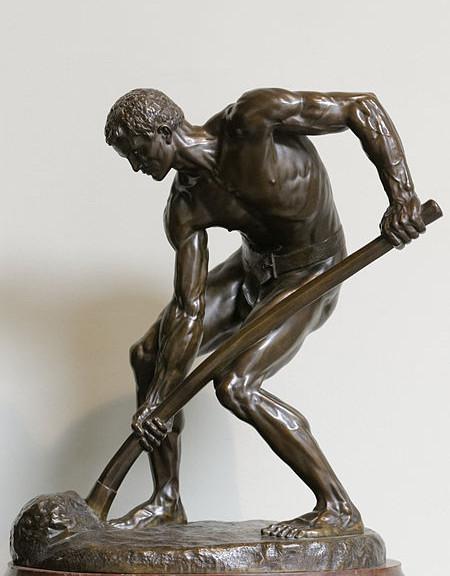Many people love to collect bronze sculptures to display in their homes. These pieces are often studies of favourite subjects like cats, dogs, birds and other wildlife. Artists such as Michael Simpson, David Geenty and Tim Cotterill release series of bronze sculptures. Buying an original work of art is costly but most of these sculptures are not originals but rather copies, often in limited editions. If you like these sculptures then you may have wondered how they are produced. Most are made using what is known as lost wax casting.
The Process
This is a process that makes it possible to produce many exact replicas of an original work. Although it is much easier than sculpting a new piece, this process is still quite lengthy and labour intensive. Considerable artistic skill is also required to finish the pieces to the required standard.
The Master Mould
The process begins with the creation of a mould from the original work of art. This is made by creating a soft lining from latex, rubber or another soft and pliable material which will pick up the smallest details of the piece. This layer is then given a strong and rigid outer covering and these days that is usually fashioned from fibreglass. This is the master or mother mould.
The Wax
Liquid petroleum based wax is then poured into the mould and swished around until it forms a coating. When it is cool and has set this procedure is repeated until there is a layer of wax of the required thickness. The mould is then removed to reveal a wax replica of the original sculpture. The wax piece is then tidied up and any signs of the mould are removed.
The Ceramic Mould
It is now necessary to make a mould for the bronze using the wax sculpture. This is dipped into a silica slurry and then into a very fine silica sand. When this has dried, the process is repeated several times with increasingly course sand. The piece is then baked in a kiln which turns the mould to a rigid ceramic material and the wax melts away, hence the term lost wax.
The Bronze
The mould can now be filled with molten bronze. This must be done whilst the mould is still hot because otherwise the difference in temperature between the mould and the metal would cause it to crack. The bronze is poured into the cavity and set aside to cool and solidify before the ceramic mould is broken away to reveal a bronze sculpture.
Expert Finishing Touches
Most sculptures require two or more pieces to be cast in order to make the finished study. These must now be put together and then the piece must be rubbed and polished to remove all signs of any joints and the mould. Small details must be carved into the piece where the joints were formed to replicate the details and patterns of the original work. A patina may also be added at this stage. Then voila! A bronze sculpture that is almost identical to the original work of art.
Article by Sally Stacey

